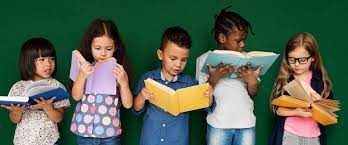
Find What You Need
Search courses, notes, videos, books & more…

Should children be taught to question what they read in the news?
Nowadays, children are exposed to more information than ever before. News headlines flash across their smartphones, social media feeds, and even school devices. But with this increased exposure comes a growing responsibility: teaching kids how to think critically about what they read. It's no longer enough to simply consume information—children must learn to question it.
We live in a time where misinformation and sensationalism often dominate online spaces. Clickbait headlines, fake news stories, and biased reporting can mislead even the most educated adults—so imagine how confusing this can be for children. If they grow up accepting everything at face value, they may develop a skewed understanding of the world. Teaching them to question sources, verify facts, and recognize bias is essential for helping them become informed, thoughtful citizens.
Encouraging kids to question the news is not about making them cynical; it’s about empowering them with critical thinking skills. These skills help children distinguish between fact and opinion, spot logical inconsistencies, and evaluate the credibility of a source. For example, asking simple questions like “Who wrote this?” or “What’s the purpose of this article?” can help children start thinking more deeply about the content they encounter.
When children are taught to think critically about the news, they’re also more likely to develop healthy media habits. Rather than passively scrolling, they learn to engage actively with information—seeking out trustworthy sources and forming their own well-reasoned opinions. This not only benefits their academic growth but also contributes to a more thoughtful, informed society.
Parents, teachers, and schools all play a role in this educational process. Conversations at home about current events, media literacy programs in schools, and open discussions in classrooms can all contribute to a child’s ability to evaluate news content thoughtfully. It's about creating a culture where curiosity, skepticism, and learning go hand-in-hand.
